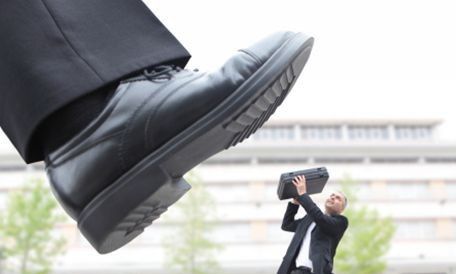2007年6月1日 美俄和平排名低
|
一项新的研究根据和平程度对121个国家进行了排名,俄罗斯落在最后5名之列,美国排在也门之,位居后30名之列。 A new study ranking 121 countries according to how peaceful they are puts Russia in the bottom five and the US below Yemen in the bottom 30. The study was conducted by the Economic Intelligence Unit and financed by Steve Killelea, an Australian entrepreneur and philanthropist. The study points out that the number of armed conflicts has decreased dramatically since 1990 and the end of the cold war. That this statistic was little known "is indicative of how the study of peace has failed to make a significant impact across the world's media", the report's executive summary says. The poor score for the US, ranked 96th between Yemen and Iran, was attributable in part to high military spending and engagements beyond its borders. But it was also marked down by prison population - the highest per capita in the world - and large numbers of homicides for a developed country. Russia's 118th place was accounted for in part by its conflict with separatists in Chechnya. This has spilt over into neighbouring republics, and led to terrorist attacks in Moscow and elsewhere in Russia. This in turn has reduced levels of trust among citizens, already low because of high rates of murder and violent crime. The prison population is second only to the US in per-capita terms. The UK was assessed 49th, with other members of the Group of Eight faring better: Japan at fifth, Canada eighth, Germany 12th, Italy 33rd and France 34th. The highest ranked was Norway followed by New Zealand, Denmark and Ireland. Iraq was ranked the least peaceful followed by Sudan and Israel. The study found small, stable countries part of regional blocs, such as the European Union, were most likely to be highly ranked. It found the main factors accounting for internal peace were income, extent of schooling and level of regional integration. No single common factor accounted for the ranking for external peace. Factors associated with internal peace, such as the number of homicides and the prison population, were given a weighting of 60 per cent. Those associated with external peace, such as military expenditure and deaths in organised conflict, were weighted at 40 per cent. The study used 24 indicators divided into three categories: measures of domestic and international conflict; measures of safety and security within society; and measures of militarisation. |








